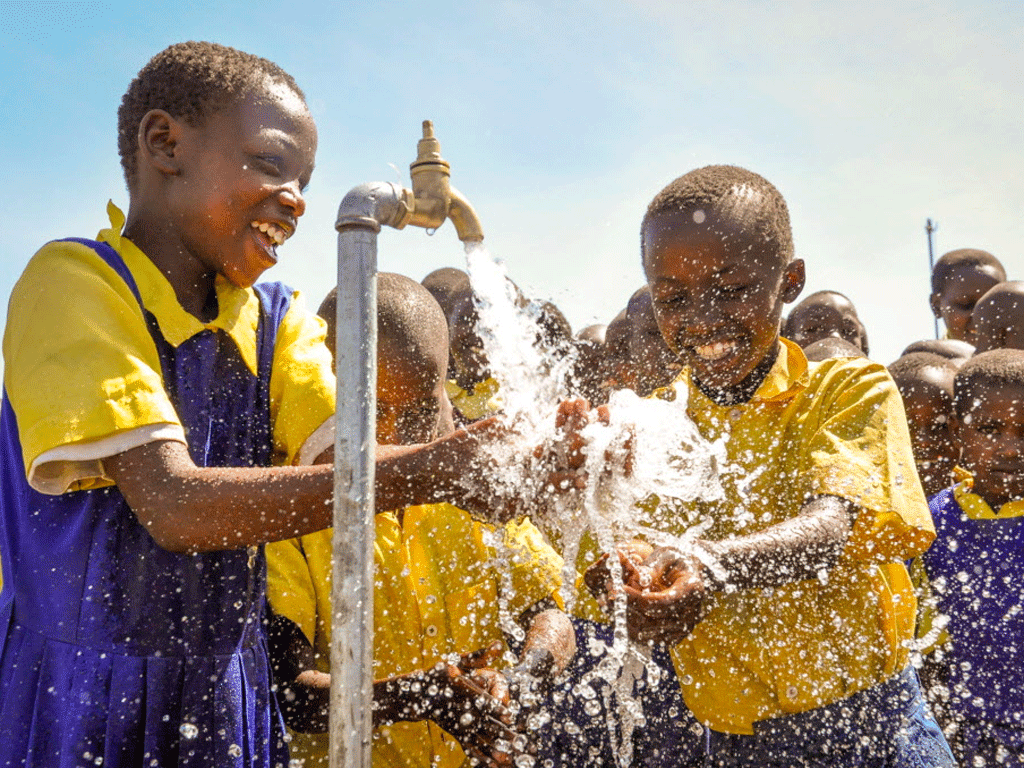A survey from the Kenya National Bureau of Statistics (KNBS) indicates that 68 percent of the population in Kenya has at least basic drinking water service.
According to the Kenya Demographic and Health Survey 2022, only 41 percent of the population in Kenya has at least basic sanitation service.
“Of the water we are talking about, how about its availability? Is it sufficient enough for the population? We realized that at the national level, it was at 65 percent. But we have Vihiga and Kisii that are felling their drinking water is sufficient at 90 percent. Garissa has the lowest at 23 percent,” said KNBS Director General Macdonald Obudho.
According to the Director General, the survey is the 7th Demographic and Health Survey in Kenya since 1989.
He says a nationally representative sample of 37,911 households, 32,156 women aged 15-49 and 14,453 men aged between 15 to 54 were interviewed.
“The KDHS surveys have been instrumental in providing demographic indicators for monitoring and evaluating SDGs and our own vision 2030 at national and county levels.” added Obudho.
The report was implemented by the Kenya National Bureau of Statistics in collaboration with the Ministry of Health of Kenya.
Funding was provided by the Government of Kenya, USAID Kenya, Gates Foundation, the Clinton Health Access Initiative, the World Bank, Nutrition International, World Food Programme, UN Women and the World Health Organization (WHO).
Meanwhile, UNICEF Kenya says Global evidence shows that better water, sanitation, and hygiene could prevent the deaths of 297,000 children aged under five each year globally.
Achieving universal access to drinking water and sanitation by 2030 will be challenging given current levels of investment, projected population growth and climate change.

